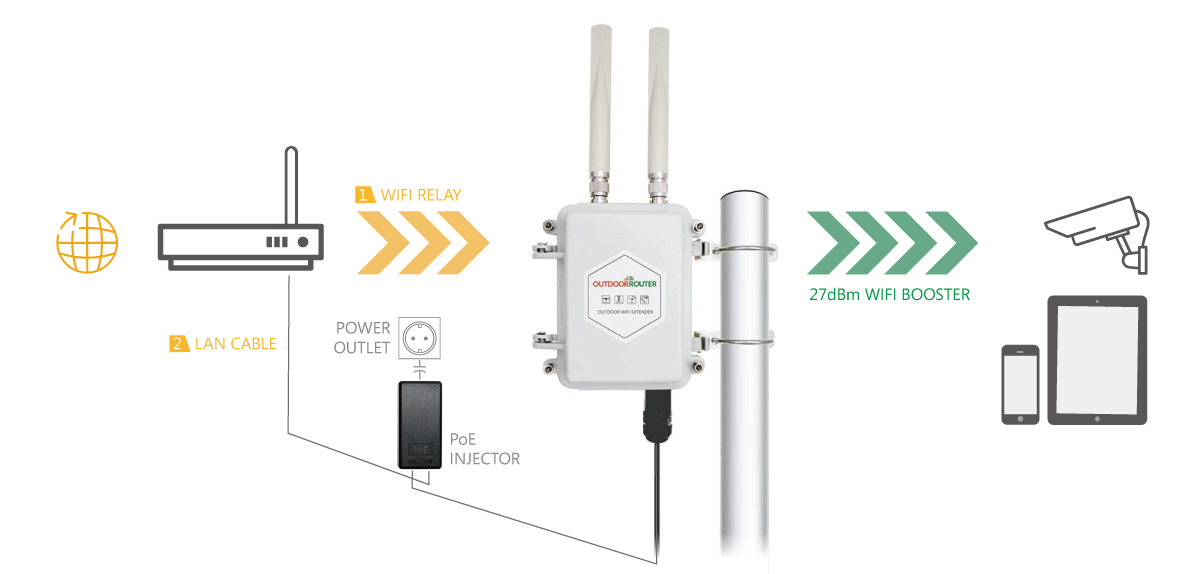

We love how easy it is to switch the RE605X to its access point mode. You can even access the extender when you’re away from home via the TP-Link Cloud service, but it’s better for your network security to avoid this feature. This might seem unsophisticated, but in practice it is a lot more convenient than having to load up a wifi scanning app or, worse, trial-and-error proper placement on your own.īonus features for power users include a schedule mode that lets you automatically power the extender’s Wi-Fi networks on and off, an option to manually shorten the extender’s range by varying amounts to avoid interference, access controls to permit or deny specific devices to access the extender’s wireless networks, and a simple (but not automatic) firmware updating process for keeping the extender outfitted with the latest fixes and security updates. A little LED light on the extender will light up red if it feels the signal from your router is too weak, alerting you to position it closer.

You can use the exact same name as your existing wireless networks if you want, but we think it’s better to use different names for each band so you can manually connect devices (your smart home gear) that don’t need speed to your 2.4GHz network and stick devices that need extra performance (your laptop) on a 5GHz network.Īs part of the setup process, TP-Link tells you where you should place the device in your home or apartment for best performance. You’re then prompted to create new SSIDs for its extended 2.4GHz and 5GHz networks. Setting up the RE605X was simple, thanks to TP-Link’s built-in wizard (which we accessed using a web browser, though you can also use TP-Link’s Tether app on your smartphone or tablet to set up the extender.) You can connect the extender with your existing 2.4GHz or 5GHz network, or both if you want the extender to auto-select the ideal configuration for you. Unlike other extenders, there was nothing about its overall performance that would make us pause. TP-Link’s RE605X performed great on this and our easier, almost-line-of-sight test. Every other Wi-Fi extender we tested struggled at some point-typically when we switched to a more difficult test that put lots of walls and furniture between the extender and our test laptop. Of all the extenders we tested, the RE605X gave us the best wireless signal over the longest range. During our testing, it gave us consistent, high performance across 90 percent of our benchmarks, and though it wasn’t the fastest on every measure, no other extender we tested could keep up with its overall real-world performance.

Outdoor home wifi booster software#
We were blown away by the performance of TP-Link’s RE605X, a Wi-Fi 6 extender that does everything it needs to do without any extra fuss or software bloat. Supported backhaul connections: Ethernet, dual-band Wi-Fi.Maximum theoretical speed (5 Ghz): 1,201 Mbps.Maximum theoretical speed (2.4Ghz): 574 Mbps.Your CNN account Log in to your CNN account


 0 kommentar(er)
0 kommentar(er)
